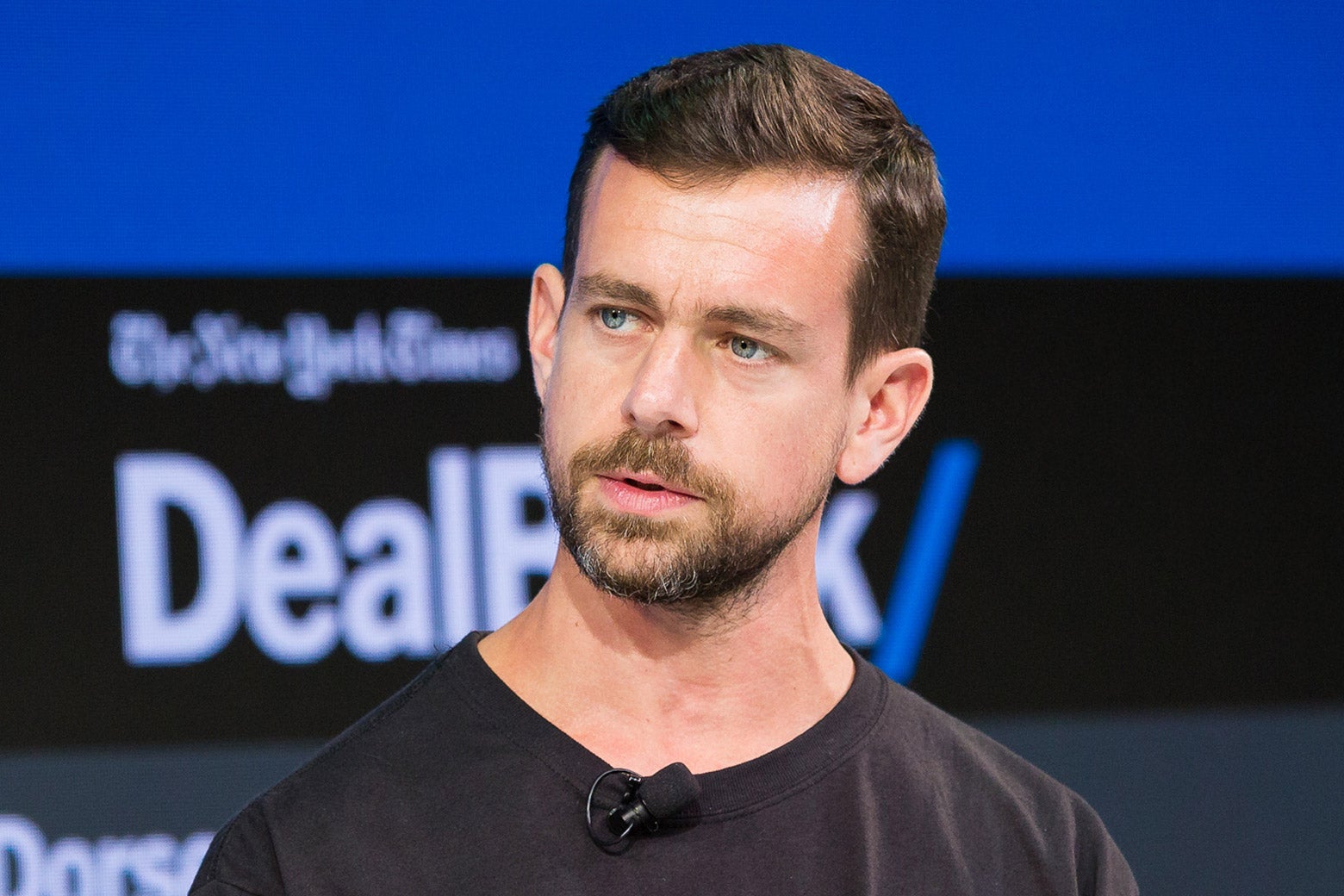Twitter CEO Jack Dorsey said Thursday that his platform is, in important ways, broken. And he committed the company to trying to fix its problems, while acknowledging that it won’t be easy.
Dorsey is right on all counts—and it’s about time he said so. His full thread is worth reading not only for what it says about Twitter, but as an example of the type of self-critical response that it and other internet platforms should have come out with long ago.
Twitter “didn’t fully predict or understand the real-world negative consequences” of its service, Dorsey said in a 13-part tweetstorm. “We have witnessed abuse, harassment, troll armies, manipulation through bots and human-coordination, misinformation campaigns, and increasingly divisive echo chambers. We aren’t proud of how people have taken advantage of our service, or our inability to address it fast enough.”
Not only is Twitter broken, Dorsey said, but its response so far has been fundamentally inadequate:
Dorsey’s tweets Thursday mark a turning point in Twitter’s history, one that leaves it with a new dilemma: In what direction is it going to turn?
It’s a question to which Dorsey acknowledged the company doesn’t yet have an answer. That is sure to open him to charges of apathy, cluelessness, or inaction—especially since Dorsey is also CEO of the payments company Square, a job that forces him to split his time. But I found his approach refreshingly honest, albeit belated.
Rather than immediately announcing a series of decisive actions and product changes—as Facebook seems to do each time it finds itself forced to question its role in the world—Dorsey suggested one potential path of inquiry, then put out a call to the public and outside experts for help coming up with more.
The path of inquiry is an interesting one. In trying to come up with a catchall term for the platform’s myriad and diverse problems, Dorsey and his team settled on “health.” That is, the conversation on Twitter has become unhealthy, and the company’s task is to restore it to a better state. That, in turn, will require the company to come up with ways to measure this health. And it has found some in a proposal from a media analytics nonprofit called Cortico, which grew out of the MIT Media Lab’s Laboratory for Social Machines.
Cortico elaborated a bit on those four principles in a blog post Monday. Yet even Cortico acknowledged, “We don’t pretend to have all the answers to how these health indicators will work in practice. We will need to learn through experimentation.”
It’s an open question whether there exists any good way to measure such abstract concepts on a platform as vast and multifaceted as Twitter. I’m not entirely optimistic that it’s even possible: The technology has a very poor track record of trying to quantify and optimize for inherently qualitative values.
I’d be more concerned, however, if Dorsey had confidently claimed that this was the best way to cure what ails his company. Facebook’s Mark Zuckerberg, for example, has embraced technology critic Tristan Harris’ concept of “time well spent” in ways that appear self-serving—and which Harris himself has called disingenuous. That makes it hard to tell whether Facebook is really listening to criticism or just co-opting it.
Dorsey, in contrast, admitted “we don’t know yet” if Cortico’s framework is the right one for Twitter. But, he said, the company is committed to finding “a rigorous and independently vetted set of metrics for measuring the health of public conversation on Twitter”—and to “sharing our results publicly.” In that spirit, he took the unusual step of putting out a public request for proposals inviting outside experts to “help us identify how we measure the health of Twitter, keep us accountable to share our progress with the world and establish a way forward for the long-term.”
Dorsey also said that he and two other Twitter executives, Vijaya Gadde and Ed Ho, will hold a live-streamed Q&A with the public on Periscope next week. He closed his tweetstorm with a call for people to apply for jobs at Twitter—which makes sense, given that low morale and turnover within the company’s ranks have almost certainly impeded its efforts to address the problems he’s describing.
I’ve rarely written a post where I quoted at such length from the prepared statements of a technology executive. That’s because such statements rarely say much of substance—cut out the jargon and self-congratulation, and you can usually reduce them to a few lines.
Dorsey’s tweetstorm Thursday is an exception: It represents the kind of genuine self-reflection that we should expect—demand—of any company or institution that shapes our society in such potent ways. Even some Twitter rivals applauded him for it. “Excited to see @jack and @Twitter publicly talk about how they’re approaching civility of public conversations,” tweeted Adam Mosseri, Facebook’s head of news feed. Flipboard CEO Mike McCue, who served on Twitter’s board from 2010 to 2012, told me, “This is exactly what they should be doing. I’m very happy to see it. Now I hope Jack backs up these words with action.” McCue suggested that he thought holding the president to the same harassment and abuse policies as other users would be a good start.
It’s a shame it took this long for Twitter to get here, and who knows how much longer it will take to actually address the social network’s core problems, if ever. Just as we should applaud the company’s willingness to rethink its raison d’être, we should be dismayed that it has no ideas how to do that yet. I mean, what exactly have its executives been doing all this time?
Still, at this point, when it comes to tech platforms making sweeping changes to the way we all interact and get our information, I’ll take “move slow and fix things” over “move fast and break things” anytime.
